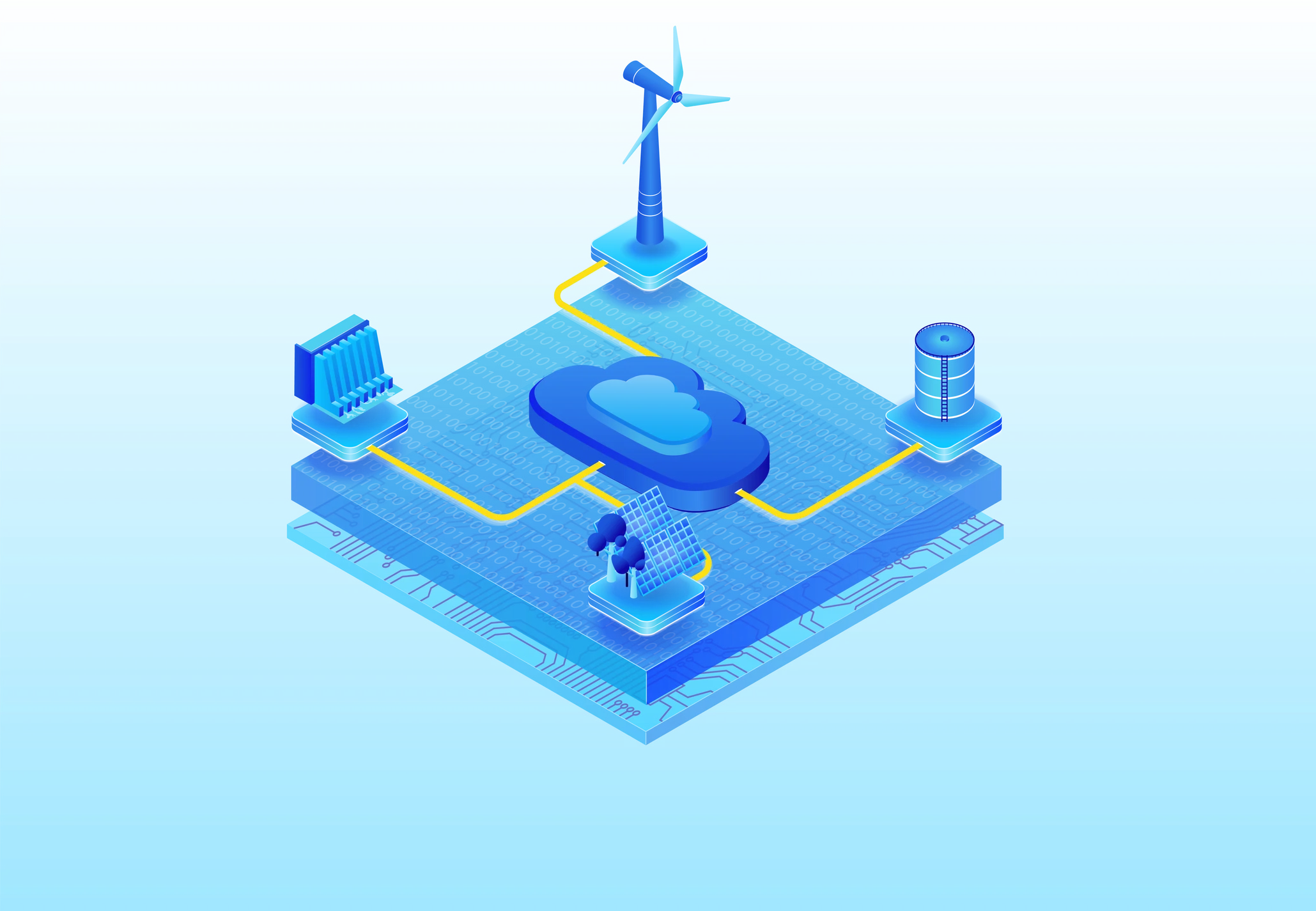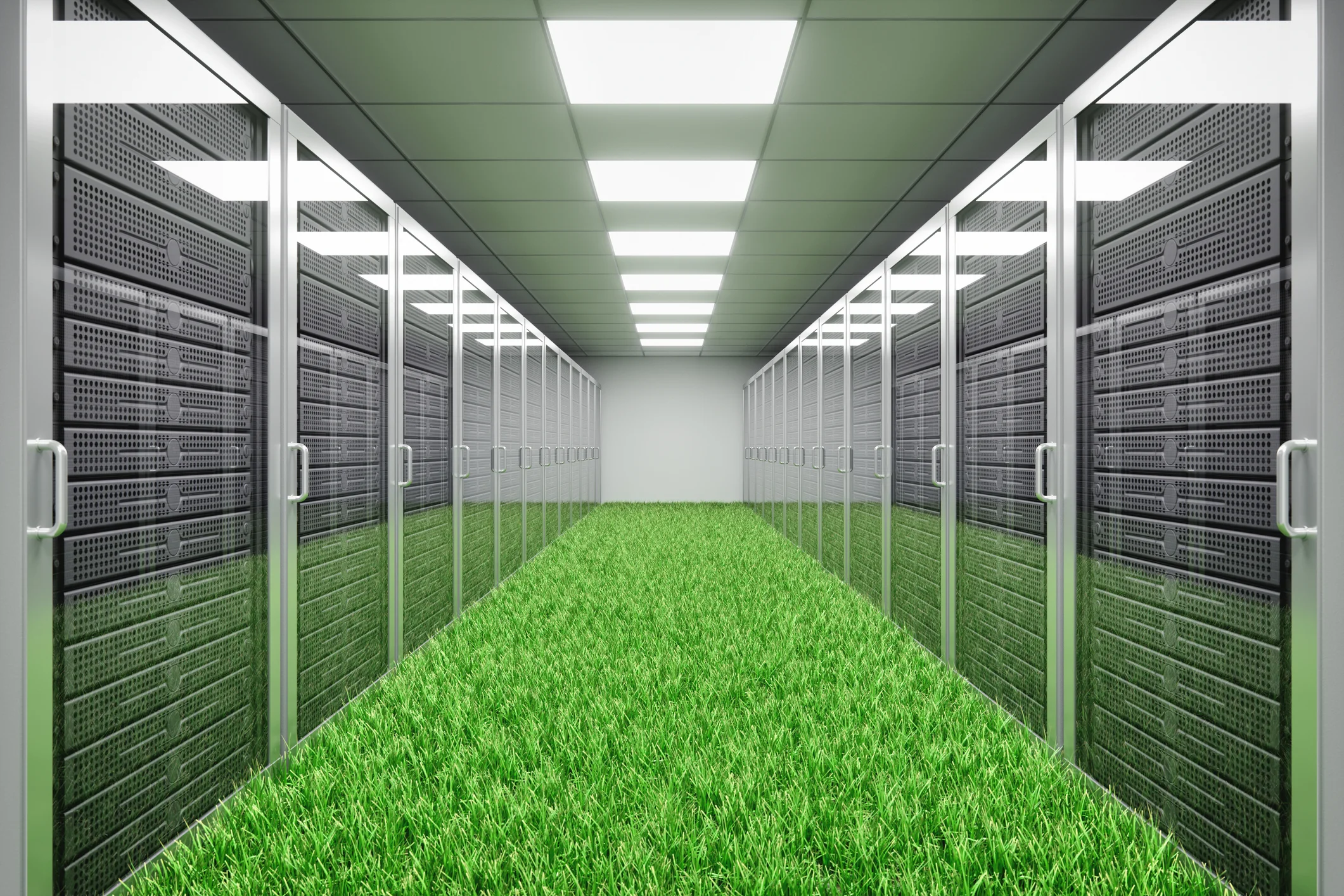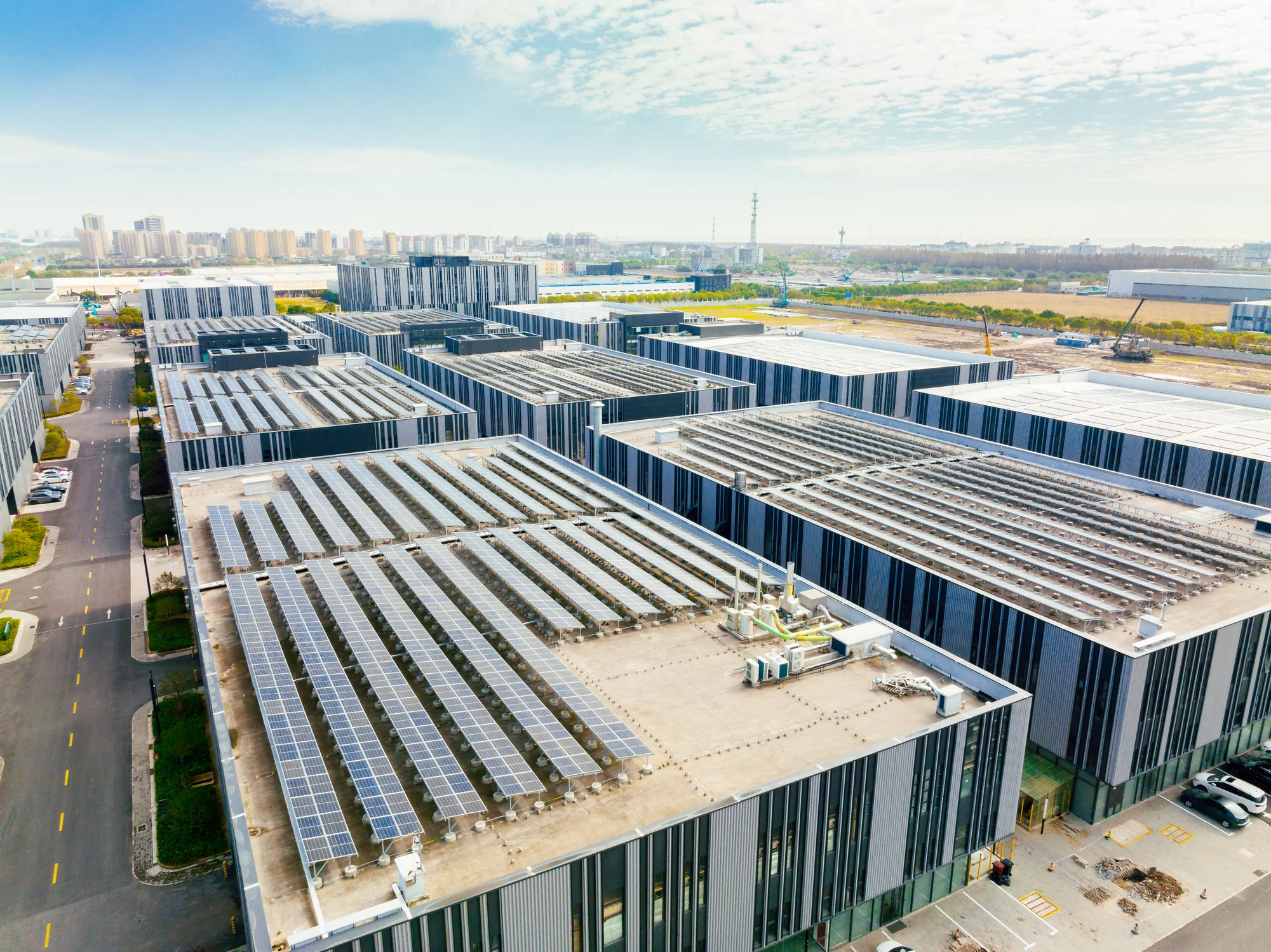Sustainability with on-prem and cloud simulation




Since the pre-industrial era, greenhouse gas emissions have increased significantly worldwide. Between 1970 and the 2010s, CO2 emissions increased by about 90%. Seventy-eight percent of this figure is attributed to fossil fuel combustion and emissions from industrial processes. Longer, more intense heat waves, sea ice loss, and accelerated sea level rise are just some of the effects of increased greenhouse gas production.
Reassuringly, tackling climate change is on the agendas of many governments and leading corporations worldwide. Companies like Google are targeting 2030 as the deadline for a 100% transition to carbon-free energy, while the European Union looks to achieve climate neutrality by 2050. The 2015 Paris Agreement has also legally bound nearly 200 countries to take concrete steps towards sustainability. However, we are yet to see the real-world effect of this treaty on our environment.
One of the areas that can contribute to our sustainability commitments is data center efficiency. Strong growth in demand for computing has increased electricity use and emissions from data centers over recent years. Due to this, sustainability is a crucial goal for cloud companies, with all major providers pushing toward carbon neutrality in the coming decades. But even though cloud computing has a long way to go towards full sustainability, it’s currently much more efficient and environmentally friendly than on-premises data centers.

With that in mind, any business that’s interested in making a positive environmental impact should consider moving its computing needs to the cloud. Whether we are talking about simulation, machine learning, or data analytics, running these workloads in the cloud can significantly impact our environment.
This article will explore why cloud data centers can be more sustainable than their on-premise counterparts. We’ll emphasize simulation slightly, but the points we’ll cover below extend to pretty much any other computing task.
Running simulations in the cloud vs. on-prem
Simulations do not need to execute in the cloud – with sufficiently powerful data center infrastructure; simulation studies are also possible in-house. However, a few things need to be considered when comparing cloud vs. on-prem simulation – at a general level, not just from the standpoint of sustainability. These things include the following:
- Is the simulation study a one-off effort, or will simulations be run regularly?
- Aside from simulation, what other computing projects will the enterprise execute?
- Does the nature of the data allow the uploading and storing of the data on a cloud provider’s servers?
The first two questions are more related to the economic feasibility of purchasing and deploying an in-house data center. If the computing needs of the enterprise are highly irregular and if the tasks are run on servers often, then investing in an on-premises data center infrastructure might not be a good idea. If computing needs are low, then an in-house data center would be idle most of the time, needlessly consuming power for its servers, cooling, and lighting. The enterprise would need to dedicate space for the data center and the employees required for its monitoring and maintenance.
Next comes the nature of the data. Does the data contain critical information that must stay within the walls of an organization? Are there any special compliance issues that could be resolved internally?
For many businesses, the answer to these two questions will be “NO.” And considering that cloud providers today typically support major data-related regulations, like HIPAA or GDPR, using cloud computing would be safe compliance-wise for most organizations.
With all that in mind, unless economically feasible and absolutely necessary, on-prem simulations are costlier and less efficient than cloud simulations. The cloud gives simulation teams convenience, scalability, and cost-effectiveness. And we haven’t even started talking about sustainability, which is touched upon next.
Sustainability as a powerful marketing tool in cloud computing
More and more cloud providers appear to be pushing towards sustainability and environmental friendliness. AWS and Microsoft are looking to power 100% of their public cloud infrastructure with renewable energy by 2025. Google is looking to completely switch to carbon-free energy by 2030. Google additionally plans to replenish 120% of the water it consumes by 2030. AWS has programs that minimize the usage of drinking water as well.
Why do cloud providers care about sustainability? Sustainability is obviously good for the environment, but what is the business value of being sustainable?

One of the reasons is that sustainability is a powerful marketing tool that businesses can use to attract more customers. According to the 2019 AFLAC CSR survey, 77% of consumers would prefer purchasing from a company with CSR (Corporate Social Responsibility) pledges. Additionally, 9 in 10 business leaders think their consumers would hold them accountable for their environmental impact (Buyya and Gill, Apr 25, 2018).
What this means is that businesses realize the marketing potential of sustainability programs. They view sustainability as a way to gain a competitive edge, pushing more businesses to adopt more environment-friendly policies and processes.
While some may view the sustainability pledges of businesses as just a ploy to gain more customers, sustainable businesses are going to have a positive effect on our environment. When tech giants like AWS and Microsoft state that they plan to switch to 100% renewable energy by 2025, they set rules for their entire industries and even beyond. Ultimately, everyone can benefit from sustainability – businesses can attract more customers while customers get the chance to make a change towards a better future for our planet.
Sustainability with cloud and on-prem computing at a glance
Until now, we’ve implied that cloud simulation is more sustainable than simulation with on-premises data centers. To substantiate these statements, let’s now look at the environmental impact of cloud vs. in-house data centers at a glance.
In collaboration with global consultancy WSP, Microsoft published a 2018 report entitled “The Carbon Benefits of Cloud Computing.” This report was an update to the 2010 report “Cloud Computing and Sustainability: The Environmental Benefits of Moving to the Cloud”, which also was published in partnership with WSP. The purpose of both reports was to uncover the carbon benefits of the Microsoft Cloud, though the findings may extend to many other cloud providers to a greater or lesser extent.
According to the study, Microsoft Cloud is between 22 and 93 percent more energy-efficient than traditional enterprise data centers. This includes more efficient operational practices, IT equipment, and data center infrastructure. The report states that when accounting for Microsoft’s purchases of zero-carbon electricity, emission savings reach 98% (Rauch, Mar 23, 2022).

AWS infrastructure is also more efficient than the typical enterprise data center. According to the October 2019 study titled “The Carbon Reduction Opportunity of Moving to Amazon Web Services”, AWS is 3.6 times more energy-efficient than the median of the surveyed US enterprise data centers. AWS also had a 88% lower carbon footprint than enterprise data centers.
Global intelligence provider IDC (International Data Corporation) estimates that migration to the cloud could help us reduce emissions by 629 million metric tons between 2021 and 2024. These reductions can become real if we just switch to the cloud. Even if the percentage of green cloud data centers stays the same and if all data centers are sustainable by 2024, emission reductions could reach 1.6 billion metric tons.
How is cloud computing more sustainable than on-premises computing?
How exactly is the cloud more sustainable than on-premises data centers? In the report “The Carbon Benefits of Cloud Computing”, Microsoft states that the primary driver for energy savings and emission reductions in cloud data centers is the increased effectual output per unit of consumed electricity. Essentially, this means that cloud data centers are more efficient (Lacy, Sept 22, 2020).
If we go into more detail, there are four main drivers for the smaller energy and carbon footprint of the Microsoft Cloud:
- IT operational efficiency. IT operational efficiency refers to the efficient operation of cloud servers. Microsoft points out two keys to IT operational efficiency – dynamic provisioning and multitenancy. Dynamic provisioning refers to matching computing capacity with actual demand, which helps minimize overprovisioning. As for multitenancy, it is the distribution of cloud resources between many different users. With dynamic provisioning and multitenancy, cloud providers can ensure that their data centers have high utilization rates.
- IT equipment efficiency. IT equipment efficiency refers to the power efficiency of the specific data center hardware operated by the cloud provider. According to Microsoft’s report, specialized servers built to tight specifications can reduce power consumption by over 10%. Frequent upgrades and the use of modern, efficient servers can help cloud providers further improve the efficiency of their equipment.
- Datacenter infrastructure efficiency. Datacenter infrastructure refers to non-computing systems that consume electricity, like lighting, cooling, and power. These systems can use as much electricity as the servers themselves, so data center infrastructure is another critical area where significant efficiency gains can be made.
- Purchase of renewable electricity. Powering cloud infrastructure with renewable energy is the final step towards sustainability. Today, cloud providers use a mix of renewable and non-renewable energy sources, so there’s still a lot of work left to do in this area.
Let’s now look at each of these points more in-depth to understand exactly how cloud providers follow them.
IT operational efficiency

The better utilization of cloud computing resources is perhaps the biggest driver of the cloud’s sustainability. IT service provider and consultant Accenture estimates that compute utilization alone has the potential to reduce CO2 emissions by 35%-45%.
Why is utilization such a big factor? The reason is quite simple – servers, especially older ones, can consume a lot of power even when idle. Not only that, but servers are more power-efficient with increasing load.
Microsoft’s report “The Carbon Benefits of Cloud Computing” states that increasing utilization from 10 to 40 percent allows servers to process four times more load with just 1.7 times more electricity. While the power draw of highly utilized servers is higher in absolute terms, the relative performance gains can significantly offset the increased electricity needs.
What about in-house data centers? Many enterprises tend to overprovision compute resources to provide headroom for demand spikes. What they often end up doing instead, however, is deploying a large chunk of server hardware that stays underutilized most of the time.
How do cloud data centers handle overprovisioning? Microsoft, as an example, provides server access to large user bases with different demand patterns. The fluctuating computing needs of millions of cloud users balance one another, allowing cloud providers to maintain high utilization rates and thus save power.
IT equipment efficiency

Overall, the efficiency of data centers has increased over recent years. A 2020 study published in Science shows that data centers were doing 550% more work in 2018 than in 2010 while consuming just 6% more energy. With that said, cloud providers’ data centers have a big advantage when it comes to efficiency.
Cloud infrastructure is updated extremely frequently, unlike on-premises data centers that can operate without changes for years. The report “The Carbon Reduction Opportunity of Moving to Amazon Web Services” states that AWS has early access to the latest server technology – sometimes a year in advance. Combined with the fact that enterprises don’t upgrade their data centers often, the efficiency gap is even larger.
Cloud providers sometimes also design their own data center hardware to make their infrastructures more efficient. For example, to train machine learning models with less energy, Google has developed Tensor Processing Units (TPUs) – devices specifically designed for linear algebra computations in machine learning. Compared to graphics processing units (GPUs), TPUs can reduce training time from weeks to hours, leading to significant energy savings.
Data center infrastructure efficiency

Earlier, we mentioned that data center cooling, lighting, and power provisioning systems can consume as much power as the servers. Accenture estimates that power & cooling efficiency can reduce emissions by 10%-20%.
Cooling is a huge issue for on-prem data centers. According to the report “The Carbon Reduction Opportunity of Moving to Amazon Web Services”, most enterprises rely on mechanical refrigeration for cooling, which narrows the operational temperature band for servers and forces cooling systems to kick in more often.
To optimize cooling, cloud providers often use rather innovative solutions. Google, as an example, is using a machine learning system to optimize data center cooling. This system captures snapshots of data center cooling every five minutes and predicts how various combinations of cooling adjustments can affect energy consumption. With novel approaches like this, the energy consumed by cooling and power at Google is only 11% of the electricity consumed by data centers. Consequently, most of the power used by Google data centers is doing “useful” work.
In a similar effort to make compute infrastructure more efficient, Microsoft has introduced liquid cooling to its data centers. Microsoft now places its servers into a special coolant that is harmless to electronics and boils at 122 degrees Fahrenheit – 90 degrees lower than water. This cooling solution decreases server power consumption by 5%-15% and is also sustainable because it doesn’t rely on water. Microsoft is additionally researching the feasibility of subsea data centers that don’t produce waste products or use water for any purpose.
Purchase of renewable electricity

IT operational efficiency, equipment efficiency, and data center infrastructure efficiency make the cloud more sustainable because they enable more effectual work per unit of electricity consumed. But while they can reduce CO2 emissions, they can somewhat still rely on fossil fuels and can thus fail to achieve full sustainability. With that in mind, the next step towards sustainability for cloud providers and businesses alike is switching to renewable power.
Accenture estimates that switching to renewable energy can reduce CO2 emissions by 15%-20%. The report “The Carbon Reduction Opportunity of Moving to Amazon Web Services” forecasts that the use of renewable energy and reduced electricity consumption accounts for 17% of the carbon efficiency of AWS infrastructure.
Aside from that, many major cloud providers are looking to switch to 100% renewable energy by 2030. As mentioned earlier, AWS and Microsoft are planning to power their cloud operations with 100% renewable energy by 2025, while Google targets 2030 for its full transition to carbon-free energy.
Next steps
Considering all the efficiency benefits of cloud computing, simulation is best done in the cloud whenever sustainability is a significant factor. On-premises simulation might take weeks to complete – with the cloud, the run times could shrink to just days or even hours.
Which cloud provider would be the best for simulation modeling? The choice largely depends on the firm’s use cases of simulation modeling.

For some simulation workloads, simulation teams would be better off using SaaS platforms running in the cloud. These platforms run in the cloud and come with built-in simulation tools, making getting started extremely easy.
The degree of sustainability with these simulation platforms depends on their cloud infrastructure (Ozturk, Sept 25, 2021). As an example, Software Delivery Simulator runs on Cloudflare Workers. According to the Cloudflare Impact Report 2021, all of Cloudflare’s cloud machines were powered by renewable energy in 2021. That said, energy used by heating, cooling, lighting, and other non-computing systems did not come from renewable sources. Cloudflare is planning to fully switch to renewable energy by 2025, similar to AWS and Microsoft’s commitments.
Ultimately, choosing a service with transparent sustainability programs is extremely important regardless of which cloud simulation platform is selected. Without transparency, we cannot assess our impact on the environment, nor can we hold cloud providers accountable for their sustainability commitments.
References:
Buyya, R., Gill, S.S. (Apr 25, 2018). Sustainable Cloud Computing: Foundations and Future Directions. Cutter Consortium, an Arthur D. Little community. https://www.cutter.com/article/sustainable-cloud-computing-foundations-and-future-directions-499386
Lacy, P. (Sept 22, 2020). Sustainability: The green behind the cloud. Accenture Strategy. https://www.accenture.com/us-en/insights/strategy/green-behind-cloud
Ozturk, Y. (Sept 25, 2021). Cloud Computing and Sustainability. Cloud4U. https://www.cloud4u.com/blog/cloud-computing-and-sustainability/
Rauch, S. (Mar 23, 2022). A Green Cloud is a Good Cloud – How Top Vendors are Developing a Green Cloud Computing Strategy. Simplilearn. https://www.simplilearn.com/green-cloud-computing-article


